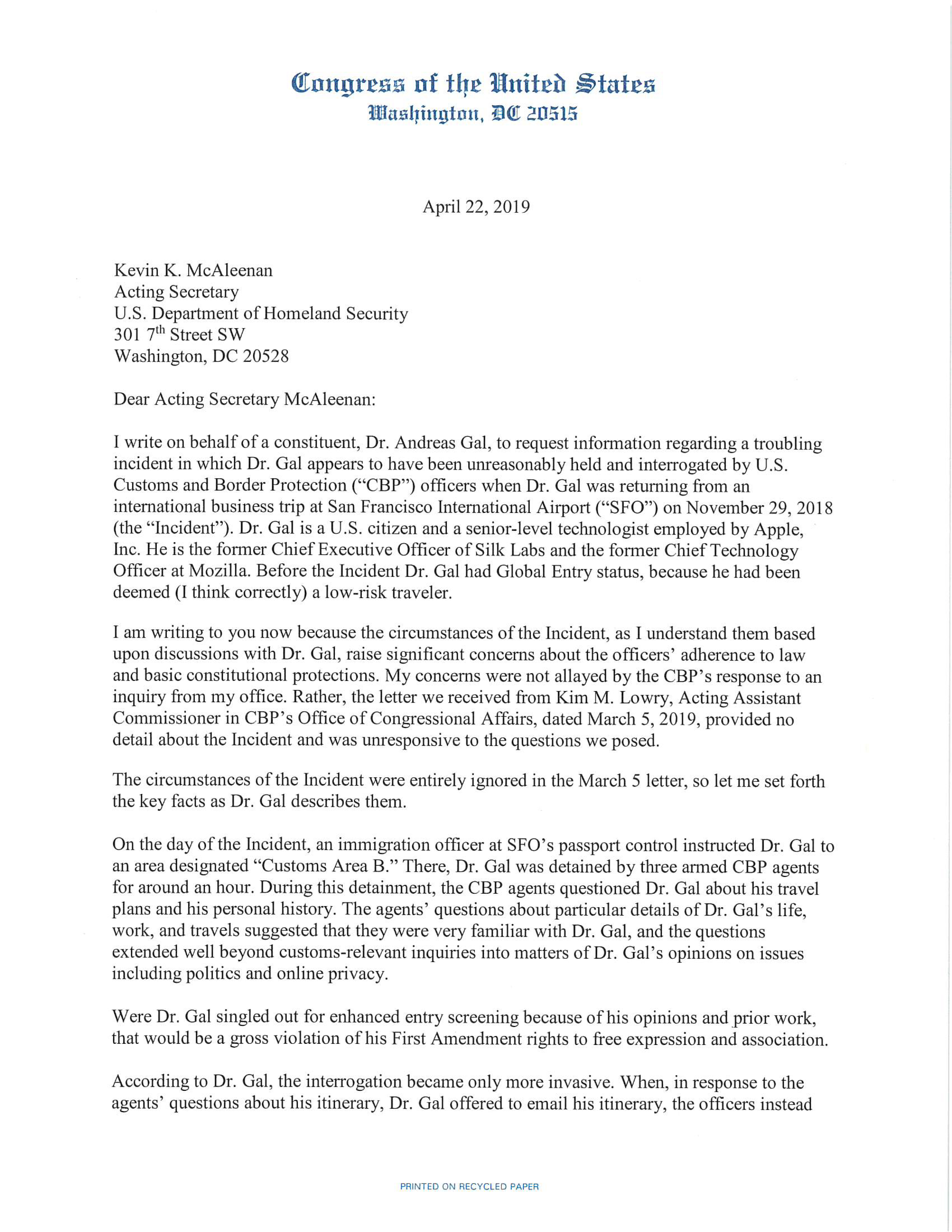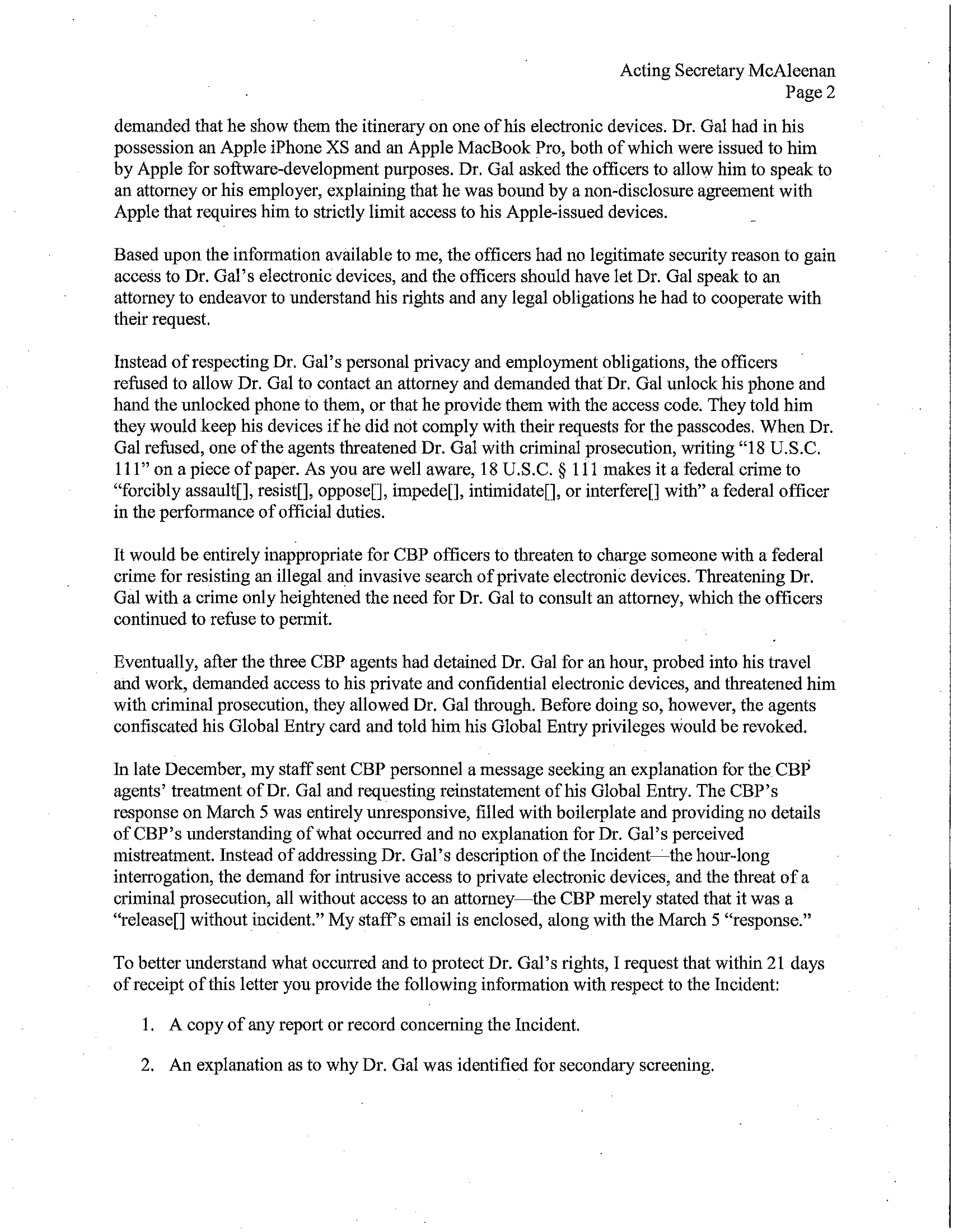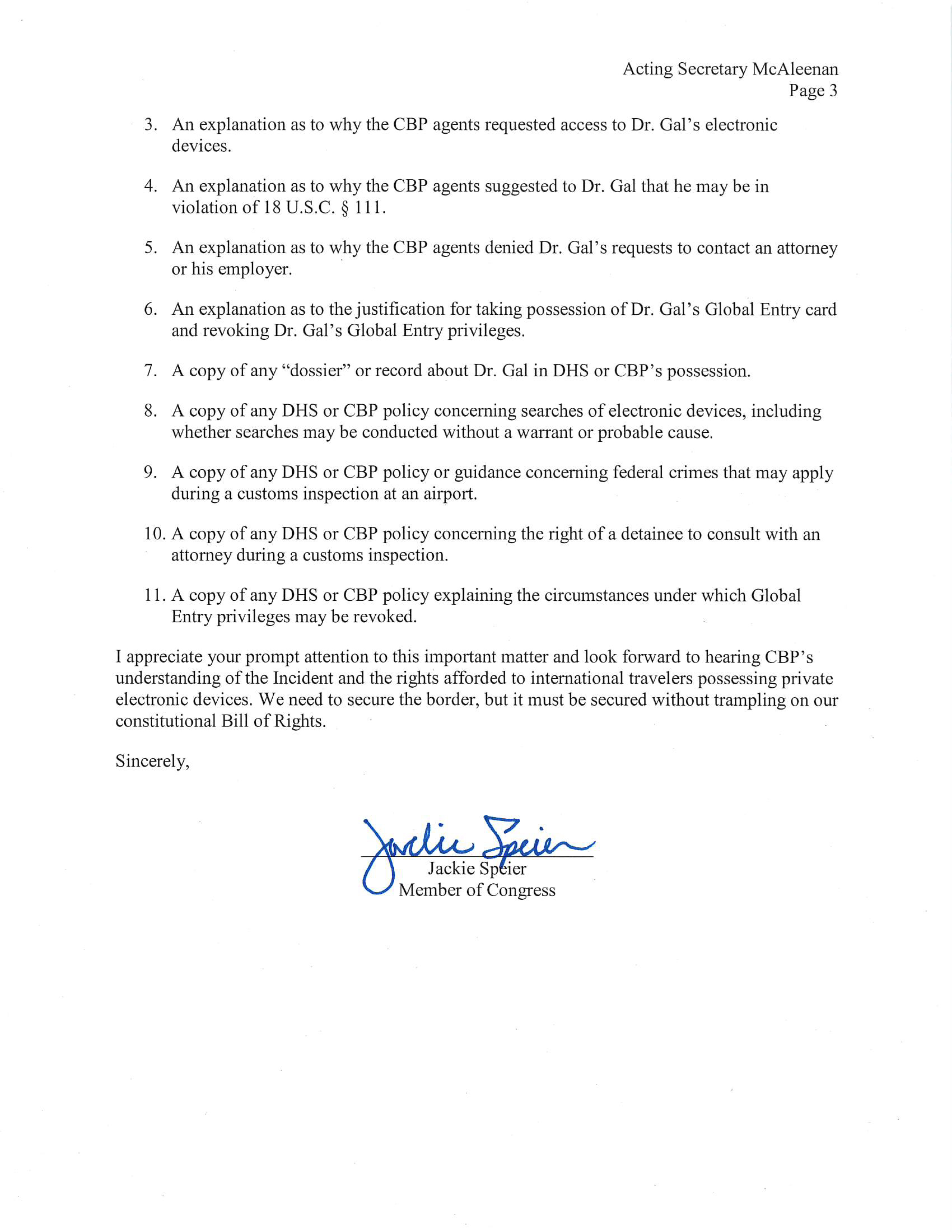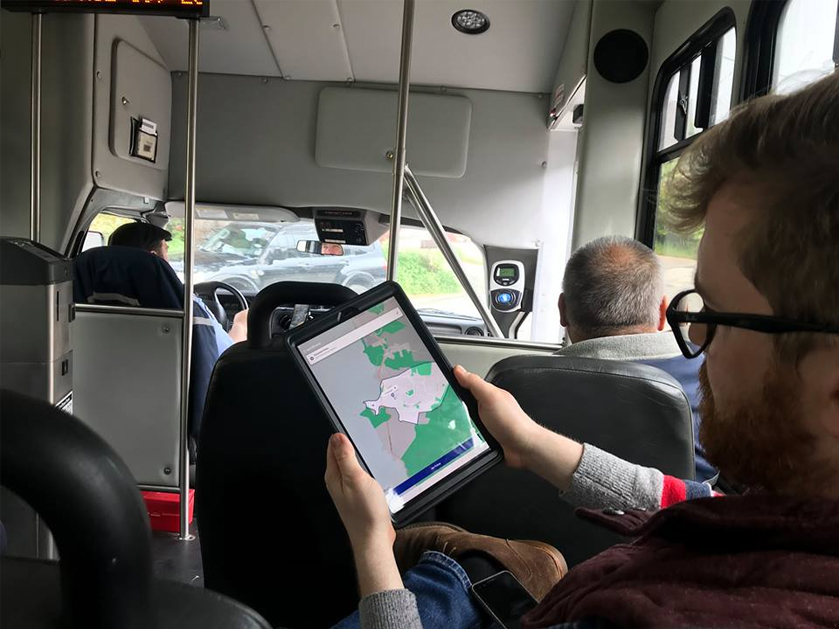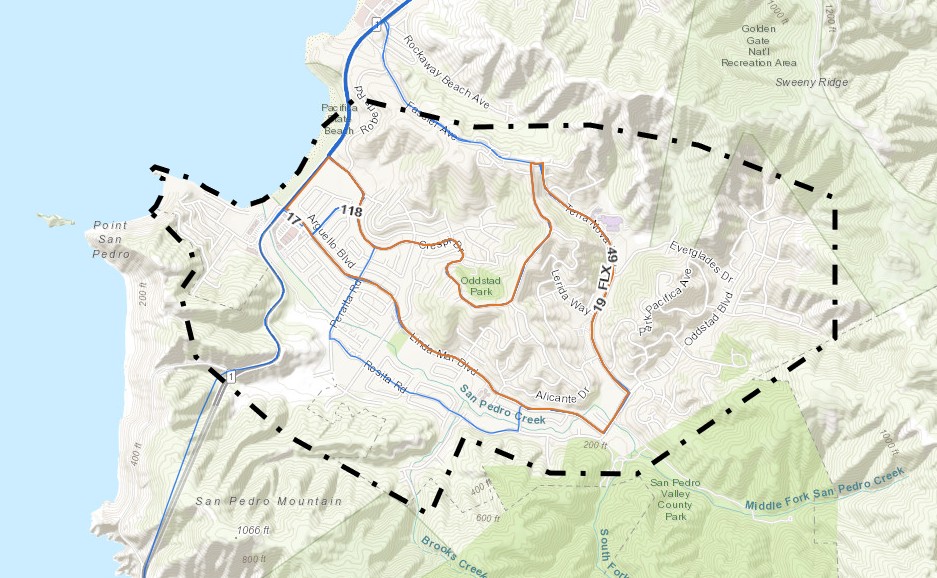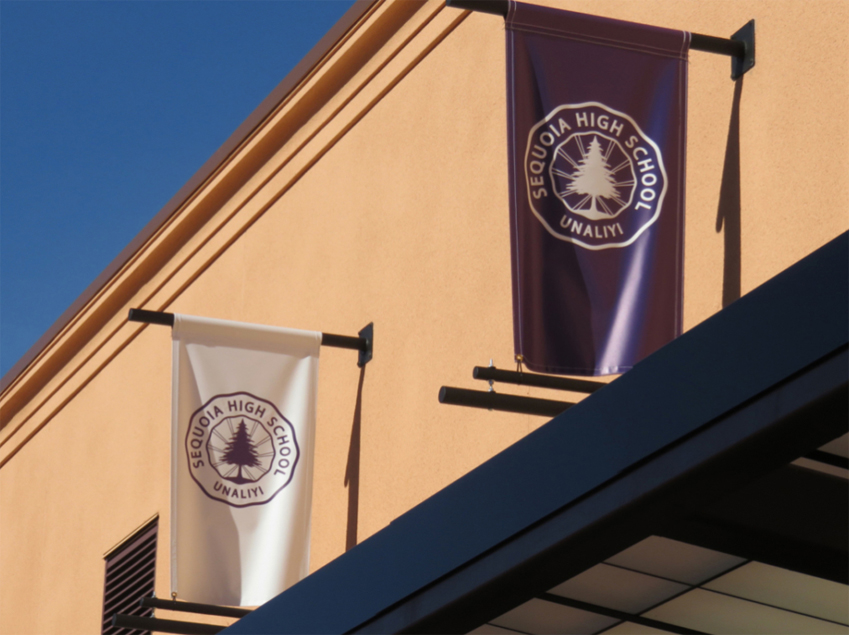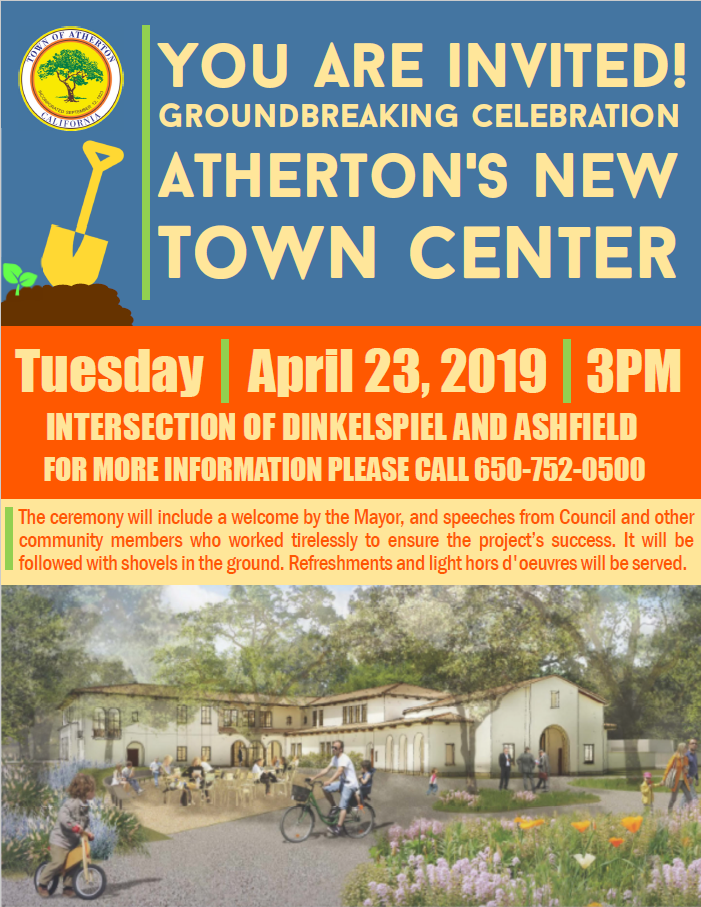Motorcyclist killed in crash on La Honda Rd near Skyline Blvd
The California Highway Patrol is asking motorcyclists to slow down after two major incidents in the area of Skyline Boulevard and La Honda Road in San Mateo County over the last two weeks, including one that killed a man from Campbell Sunday morning.
Matthew Wong, 26, was identified by the San Mateo County Coroner’s Office today as the victim of a solo-motorcycle accident on La Honda Road (SR-84) west of Skyline Boulevard on Sunday.
About 11:40 a.m., according to CHP, Wong was driving a 2012 Yamaha westbound on La Honda at an unknown speed when he lost control and failed to negotiate a turn in the roadway. The Yamaha left the roadway and came to a rest 40 feet down an embankment, according to CHP. Wong was pronounced deceased at the scene. Alcohol and drugs do not appear to have been a factor in the crash, CHP said.
The incident closed both east and westbound lanes for about 30 minutes, and then only the eastbound lane remained opened until about 3:30 p.m.
The fatal incident was another tragic reminder of the importance to drive carefully, including in areas like Skyline Boulevard where motorcycles frequent. On April 19, a motorcyclist was hospitalized following a collision with a 10-wheel dump truck on Skyline near La Honda.
“The weather is getting better, it’s going to be warm, and there are going to be a lot of motorcycles on Skyline,” CHP Officer Art Montiel said. “People need to slow down. Go out there and ride, but do so safely.”





